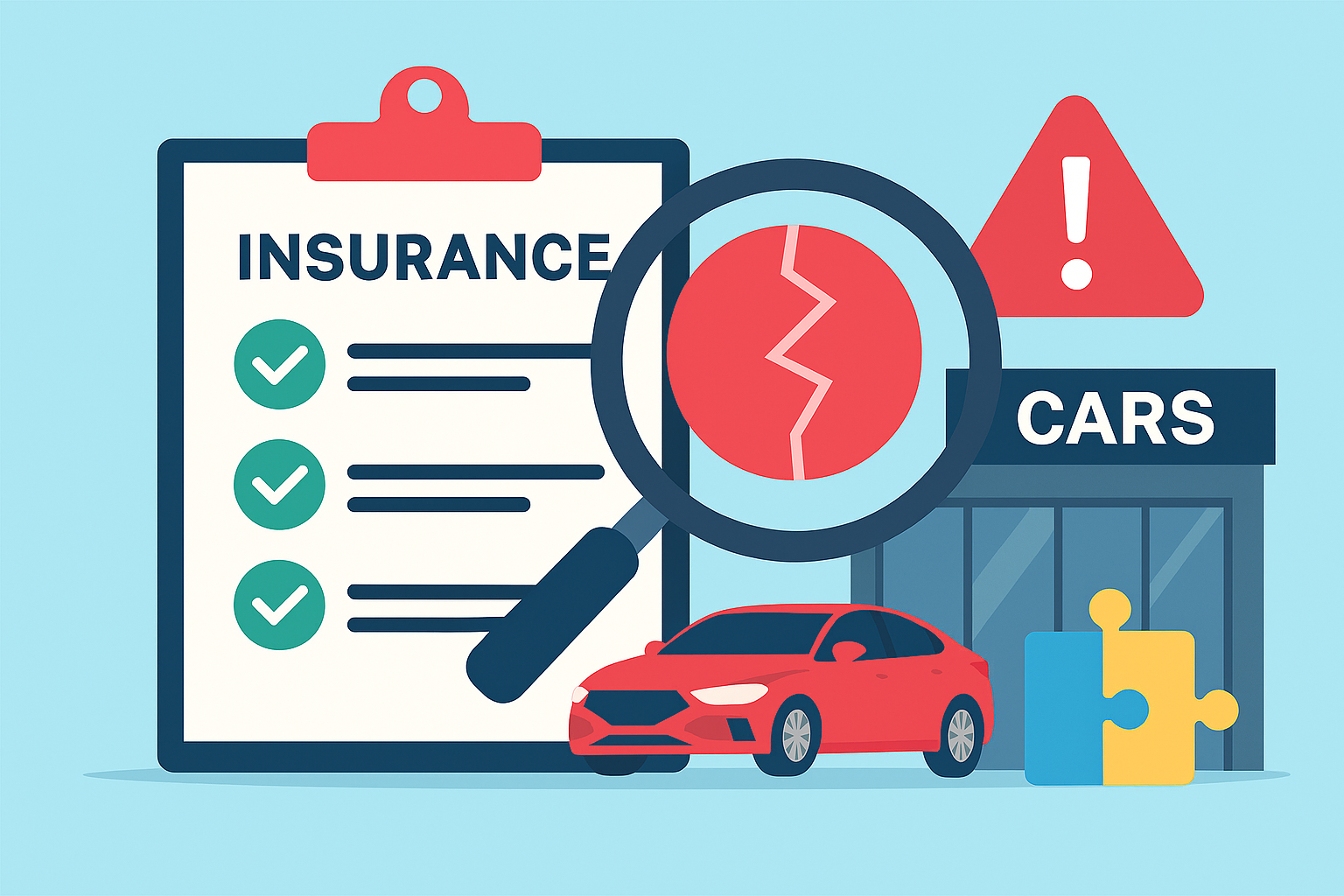Insurance policies often look complete on paper. But once you dig into the details, you may find overlapping clauses and hidden gaps that quietly raise your costs. These issues can lead to wasted premiums, denied claims, and unexpected bills.
Most buyers assume their coverage is solid. They trust the agent or the website. They rarely check how one policy interacts with another. That mistake can cost hundreds each year.
What Are Overlapping Clauses?
Overlapping clauses happen when two policies cover the same risk. This may sound helpful, but it usually means you are paying twice for the same protection.
Here are common examples:
- Roadside assistance included in both your auto policy and your credit card benefits
- Rental car coverage listed under your travel insurance and your auto policy
- Personal property protection offered by both your homeowners and renters insurance
These overlaps often come from bundled packages or add-on coverage. Sellers push extras without checking what you already have. That leads to stacked fees and inflated premiums.
What Are Policy Gaps?
Policy gaps are the opposite. They are holes in your coverage. These gaps leave you exposed when something goes wrong.
Examples include:
- A homeowners policy that excludes flood damage
- An auto policy missing uninsured motorist coverage
- A health plan with no out-of-network protection
These gaps may not show up until you file a claim. At that point, you learn your policy does not cover what you thought it did. That can lead to large out-of-pocket costs.
How Add-On Coverage Fits In
Add-on coverage is extra protection you can buy on top of your base policy. It can be useful, but it often adds cost without solving real problems.
Some add-ons are worth the money:
- Gap insurance for new cars
- Extended liability coverage
- Identity theft protection
Others offer little value:
- Accidental death riders on life insurance
- Travel delay coverage with strict limits
- Pet injury coverage in auto policies
Before buying add-ons, ask these questions:
- Does this fill a real gap?
- Is it already covered elsewhere?
- What does it cost over time?
Many add-ons sound helpful but offer limited protection. They pad the policy without fixing core issues.
How These Issues Inflate Costs
Overlaps and gaps both raise your insurance costs. Overlaps mean you pay for coverage you do not need. Gaps mean you risk large bills that could have been covered.
Together, they create a lose-lose situation:
- You pay more in premiums
- You get less protection
- You face surprise expenses during claims
This happens because most buyers do not read the fine print. They assume coverage is complete. That assumption leads to waste.
How to Spot and Fix the Problem
You do not need to be an expert. Just follow these steps:
- Review Your Policies Look at each policy you have. Check what it covers and what it excludes.
- Compare Coverage Areas List major categories like liability, property, medical, and travel. See where coverage overlaps or leaves gaps.
- Ask About Add-Ons Before buying extras, ask what they cover and how they interact with your base policy.
- Get a Second Opinion Talk to an independent agent. They can spot overlaps and gaps that sellers may not mention.
- Use Online Tools Some platforms let you upload policies and compare coverage. These tools highlight missing areas and duplicate clauses.
Insurance should protect you, not confuse you. Overlapping clauses and policy gaps do the opposite. They inflate your costs and weaken your safety net.
Add-on coverage can help, but only when it fills a real need. Do not buy extras just because they sound useful. Check your base policy first. See what is missing. See what is already covered.




